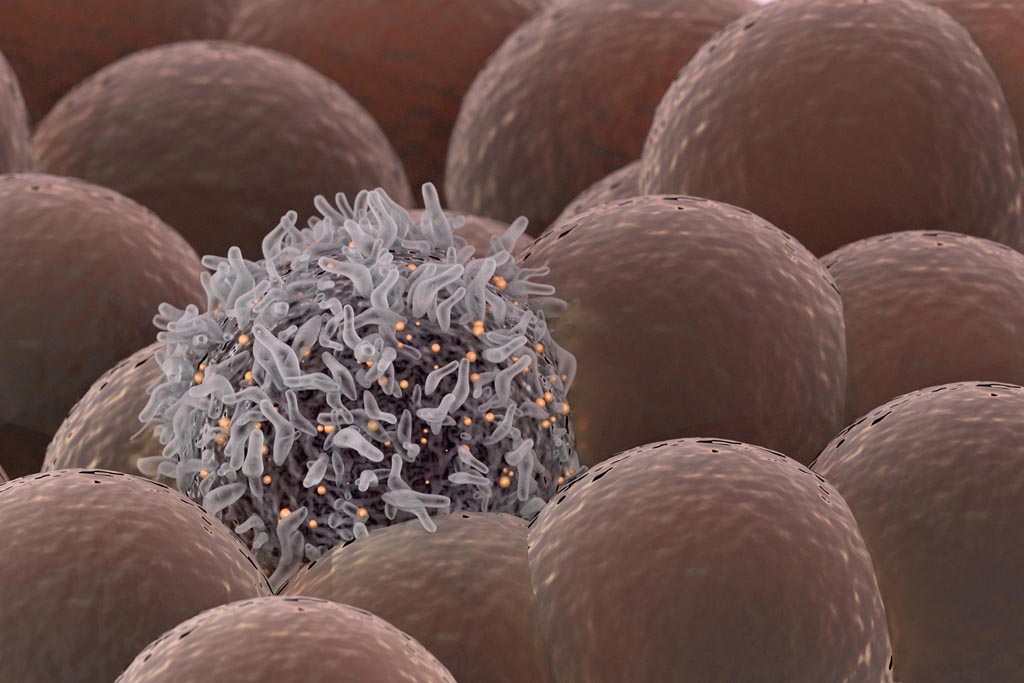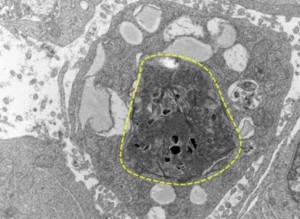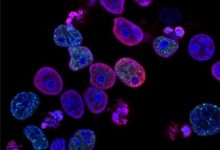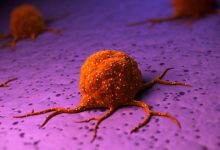
In latest study scientists showed that how chemotherapy or other targeted therapies are generating an accumulation comprising of tumor cell debris, comprised of dead, fragmented cancer cells
A new discovery done by Researchers of multi-institutional research team — including scientists from the Dana-Farber/Boston Children’s Cancer and Blood Disorders Center, Beth Israel Deaconess Medical Center and the Institute for Systems Biology Demonstrated that killing cancer cells can actually have the inadvertent effect on the living cancer cell as they use the residual of dead cancer cell as the source of their fuel which ultimately leads to aggressive tumor progression. This new finding contradicts the conventional approach to treating cancer.
This new research is published in the January issue of the Journal of Experimental Medicine. In their study, the scientists showed that how chemotherapy or other targeted therapies are generating an accumulation comprising of tumor cell debris, comprised of dead, fragmented cancer cells.

In the laboratory, they observed in animal models that this cell debris sets off an inflammatory cascade in the body as well as and also boosts the development of new tumors from the lingering, living cancer cells.
“Our findings reveal that conventional cancer therapy is essentially a double-edged sword,”
-Mark Kieran
Co-senior author of the study Mark Kieran, MD, Ph.D., who directs the Pediatric Brain Tumor Program at Dana-Farber/Boston Children’s and is an associate professor of pediatrics at Harvard Medical School added “But more importantly, we also found a pathway to block the tumor-stimulating effects of cancer cell debris — using a class of mediators called resolvins.”
For their study, Researchers did a close observation of cancer cells in the mouse model for a year. Team cultured different kind of cancer cells and killed these cell in vitro using chemotherapy and other targeted cells. After that, they collected drug generated debris and combined it with living tumor cells both in vitro and in vivo.
They saw that tumor was growing 100 times more rapidly after combining drug generated debris with living tumor and the culprit was a specific molecule that appears during the cell death process that remains exposed on the dead cell fragments called phosphatidylserine
Once sensed by the immune system, phosphatidylserine switch on the cascade flood of pro-inflammatory activity due to which unregulated tumor growth from cancer cells storms out which avoids the initial drugging, which in turn make the tumor resistant to further chemotherapy.
The team used a molecule called as Enter Resolvins which is found naturally in the body. The quality because of which they used this molecule was that it turns off the inflammation molecules and enhance tissue health. Given their qualities, the team guessed that tumor growth might be avoidable with a profusion of resolvins, which can allow the body to clear away dead cell debris after chemotherapy much faster than normally occurs.
Kieran and his team found that on administering resolvins in combination with a variety of conventional cancer therapies, they saw that body’s clearance of cell debris is enhanced for multiple types of cancer and counteract the inflammatory signals that the body’s immune cells elicited in response to the debris.
With this study in mind, the author concluded that it is possible to use resolvin in combination with chemotherapy, radiation or targeted cancer therapies which can lead to the decrease of tumor growth and reduce the recurrence.
“Resolvins are already in advanced clinical trials for a number of inflammatory diseases and can be rapidly translated to the oncology population,” -Kieran






